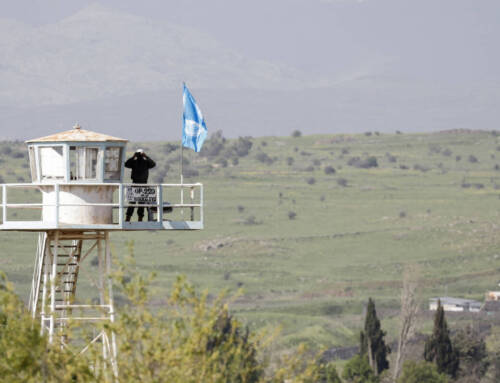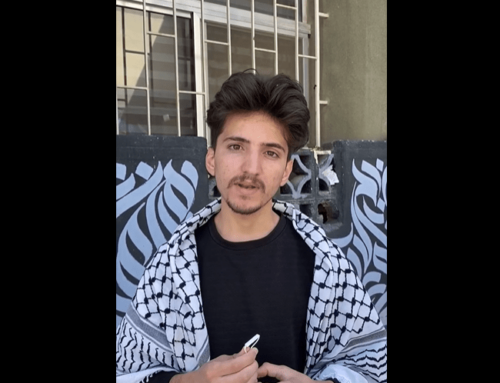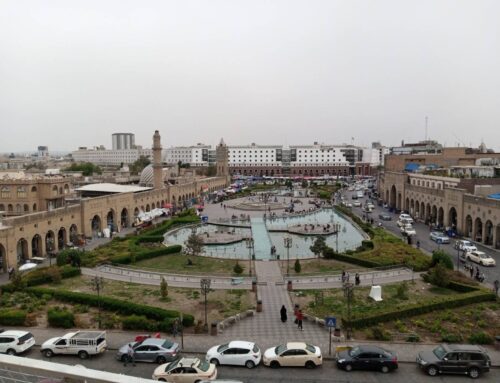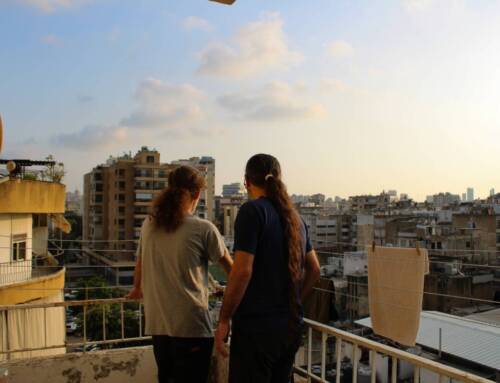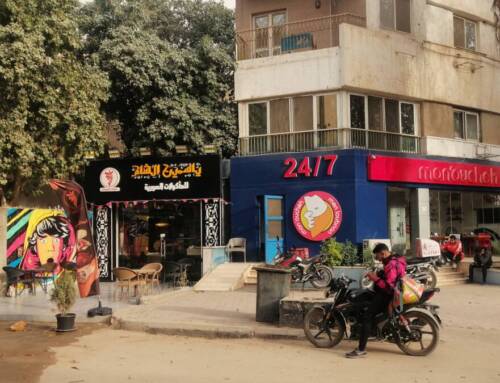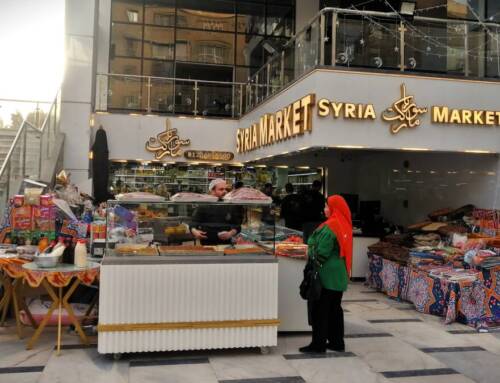Are the ‘green buses’ coming to East Ghouta?
AMMAN: East Ghouta residents sharply denounced intra-rebel tensions and infighting […]
23 October 2016
AMMAN: East Ghouta residents sharply denounced intra-rebel tensions and infighting to Syria Direct on Sunday, fearing that their towns could be the next to fall in a two-month wave of opposition surrenders in Outer Damascus.
On Saturday, regime forces captured several hundred meters of high ground overlooking East Ghouta’s de facto capital of Douma. The advances exploit deep divisions and a lack of coordination between East Ghouta’s two predominant rebel groups—Failaq a-Rahman and Jaish al-Islam—following months of assassination attempts and arrests.
As East Ghouta’s rebels faced off in past months, a series of Outer Damascus towns—including Darayya, al-Hameh, Qudsaya and Moadamiyeh—have capitulated to regime pressure, signing truces demanding that armed militants leave the towns for northern territory.
“If things keep going as they’ve been going, soon enough those green buses are going to be pulling up to take us to Idlib or Daraa,” Abu Mohammad, an East Ghouta resident, told Syria Direct on Sunday. Since late August, thousands of rebel fighters and families have boarded green buses, infamous among pro-opposition Syrians for their role in mass evacuations from surrendered territory.

On Friday, hundreds of protestors marched five kilometers through the Damascus suburbs of East Ghouta following afternoon prayers, demanding that Failaq a-Rahman and Jaish al-Islam lift their checkpoints inside the city, settle their internal differences and unite in the fight against the regime.
However, what began as a peaceful protest quickly turned violent after the protestors reached the Failaq a-Rahman military headquarters in the Zamalaka district. Multiple videos show Failaq a-Rahman soldiers firing their guns into the air and dispersing the crowds, after which small fights broke out between the protestors and rebel soldiers.
“The protests should not have marched on Failaq a-Rahman’s headquarters,” Ahmed Hamdan an East Ghouta resident, told Syria Direct on Sunday. “That being said, opening fire like that was the biggest possible mistake that Failaq a-Rahman could have made in that position.”
A coalition of East Ghouta civil service leaders released a video on Saturday, denouncing the violent escalation of events and claiming that Failaq a-Rahman soldiers “insulted and hit protestors and journalists, putting guns in their faces.”

The spokesman for Failaq a-Rahman, Wael Alwan, disputed this account, telling Syria Direct on Sunday, “a protestor hit one of our men and tried to grab his weapon, which left him with no choice but to shoot into the air in order to disperse the crowd.”
Failaq a-Rahman released an official written statement on Saturday, promising to investigate the incident and those who fired their weapons.
“We affirm that protesting is the unimpeachable right for all Syrians,” the statement added.
Though the protests initially called on both Failaq a-Rahman and Jaish al-Islam to overcome their differences, some East Ghouta residents believe that the protests took a highly one-sided, politicized tone in marching on the Failaq a-Rahman headquarters.
“All of the demands were exclusively directed at Failaq a-Rahman,” Alaa al-Ahmed, an East Ghouta resident, told Syria Direct on Sunday. “Why weren’t they directed at all to [Jaish al-Islam-controlled] Douma?”
“If these factions do not come together, there will come a point where the people will not be able to take it any longer,” al-Ahmed added. “There will be a breaking point.”
Pro-government media outlet, Damascus Countryside Now, quickly seized on the rebel infighting: “Failaq a-Rahman allegedly supports freedom,” the website reported shortly after gunshots broke out on Friday. “And yet they shoot on the same protestors that supported them not long ago.”
Regime and allied forces have been largely successful at seizing control over portions of East Ghouta by exploiting deep—and at times violent—divisions between the area’s leading rebel groups.
Syrian army forces captured most of East Ghouta’s southern agricultural region in May in a lightening advance after weeks of infighting between Jaish al-Islam and forces led by rival faction Failaq a-Rahman facilitated the rapid regime advance and prevented rebel reinforcements from reaching fronts with the regime.
Jaish al-Islam and rival Islamist factions Failaq a-Rahman and Jaish al-Fustat, made up of Jabhat a-Nusra (now known as Jabhat Fatah a-Sham) and Fajr al-Ummah, began overtly battling for dominance in multiple towns across the regime-blockaded East Ghouta suburbs on April 28. The infighting followed months of back-and-forth skirmishes, assassination attempts and arrests.
‘At the mercy of the regime’s artillery’
Warplanes pounded the east Damascus suburbs Sunday afternoon, the latest in a grinding campaign inching towards the city of Douma, the epicenter of opposition military resistance near the capital.
On Saturday, more than 40 barrel bombs and vacuum missiles paved the way for regime and Hezbollah advances on the East Ghouta town of a-Rihan.
“The regime captured more than 300 meters in a-Rihan over the weekend,” a military source inside East Ghouta told Syria Direct on Sunday.
A-Rihan neighbors two hilltop villages—capturing them would give the Syrian army a vantage point overlooking Douma, which has been encircled since June 2012.
The Syrian Arab Army and its allies captured a strategic rebel base in East Ghouta late last month, opening an eastern front for the shelling of Douma, which lies less than 3km due west of the new regime front lines.
On October 13, regime warplanes pounded the encircled East Ghouta rebel-held suburbs of Damascus on Wednesday with dozens of airstrikes and ground fire, injuring 76 people and killing at least seven, Syria Direct reported.
“Douma is now at the mercy of the regime’s artillery…from another front,” Mohammed, a Douma resident, told Syria Direct on September 28, the week the base was seized. “There’s no denying that we’re afraid that that the city is going to experience an increase in the pace of the bombings.”
Since May, the Damascus suburb of Douma—home to half a million residents before the war—has been subject to near daily artillery shelling from the north in addition to a deteriorating humanitarian situation with shortages of critical medical supplies.


